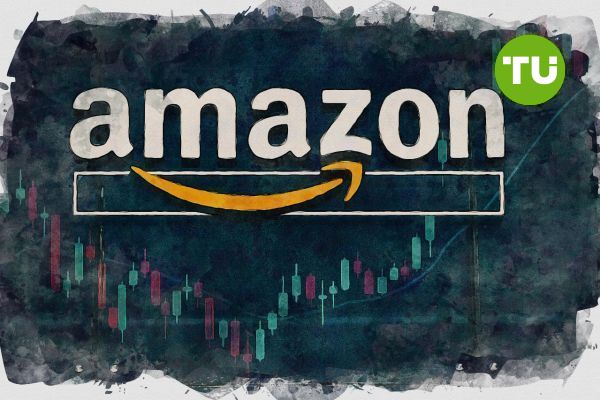Amazon stock gains 1.8% as AI investments fuel investor optimism
 Amazon's recent quarterly report revealed strong revenue growth
Amazon's recent quarterly report revealed strong revenue growth
As of May 9, 2025, Amazon.com Inc. (NASDAQ: AMZN) is trading at $192.08, reflecting a 1.79% gain on the day. The stock has been consolidating within a rising wedge pattern, a formation typically considered a bearish indicator.
However, in this case, the Relative Strength Index (RSI) is showing bullish momentum, indicating that buyers are still active. The RSI is approaching the overbought region, but it remains below the critical 70 mark, suggesting that further upside is still possible without immediate risk of a significant pullback.
Key support levels for Amazon are found at $170 and $152. A breakdown below $170 could signal further downside pressure, with $152 as the next target. This lower level aligns with historical lows, making it a critical area to watch. Traders should be cautious if the stock approaches this level, as it could trigger a sell-off if breached.
AMZN stock price dynamics (March 2025 - May 2025). Source: TradingView.
On the upside, a breakout above the wedge's top trendline would indicate a strong bullish move. In this scenario, the primary resistance level stands at $199. A sustained move above this resistance could lead to a rally, with the next target at $216. This level is significant because it aligns with prior price peaks and could act as a magnet for buying interest. Moving averages also support the bullish case, with the 50-day moving average crossing above the 200-day moving average, forming a golden cross, which is a long-term bullish signal. This technical alignment adds further confidence to the potential for a breakout.
Cautious outlook amid economic headwinds
Amazon's recent quarterly report revealed strong revenue growth, driven by its core e-commerce business and expanding cloud services division, Amazon Web Services (AWS). However, the company issued a cautious outlook for the coming quarters. Management highlighted several potential challenges, including ongoing inflationary pressures, labor costs, and the possibility of a U.S.-China trade war, which could disrupt global supply chains.
Despite these concerns, Amazon has shown resilience through proactive measures. The company has committed to maintaining competitive prices, even at the expense of short-term profit margins, to retain customer loyalty. This strategy is complemented by Amazon's continued investment in automation, including the introduction of the Vulcan robot, a next-generation warehouse automation system. These initiatives are expected to enhance operational efficiency over the long term.
However, the stock has faced pressure, declining 13 percent year-to-date and 22 percent from its February high. Investor sentiment has been mixed due to concerns over the company’s ability to maintain growth in a challenging macroeconomic environment. Nevertheless, Amazon’s ability to adapt and innovate has historically allowed it to outperform its peers, making it a stock worth monitoring.
Testing resistance with potential for breakout
In the short term, Amazon’s stock is likely to test the $199 resistance level. This is a critical area because a successful breakout could lead to a rally toward $216. The probability of this scenario increases if there is strong buying volume accompanying the breakout. Given the stock's current technical setup, a decisive close above $199 would likely attract further buying interest, potentially pushing the price even higher.
Conversely, failure to break above $199 may result in a pullback toward the $170 support level. Such a move would not necessarily indicate a bearish reversal, but rather a temporary correction within a broader uptrend. Investors should monitor the $170 support, as a breach below this level would signal a more significant downside risk, with the next support at $152.
The technology sector is volatile due to concerns over Federal Reserve rate decisions, trade tensions, and a potential economic slowdown. Amazon’s financial performance relies heavily on its diverse operations, with Amazon Web Services (AWS) remaining a key profit driver.













































































































































